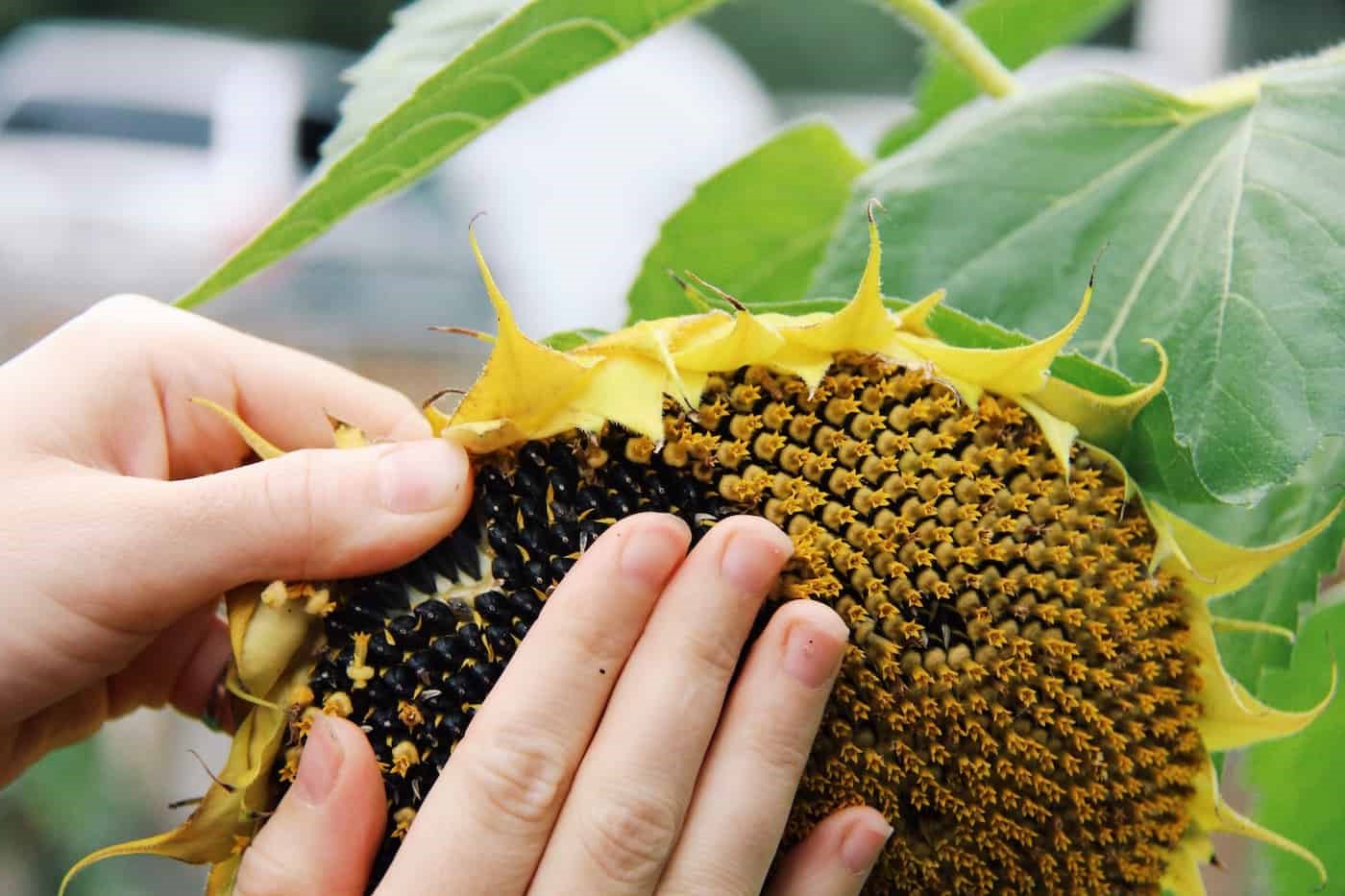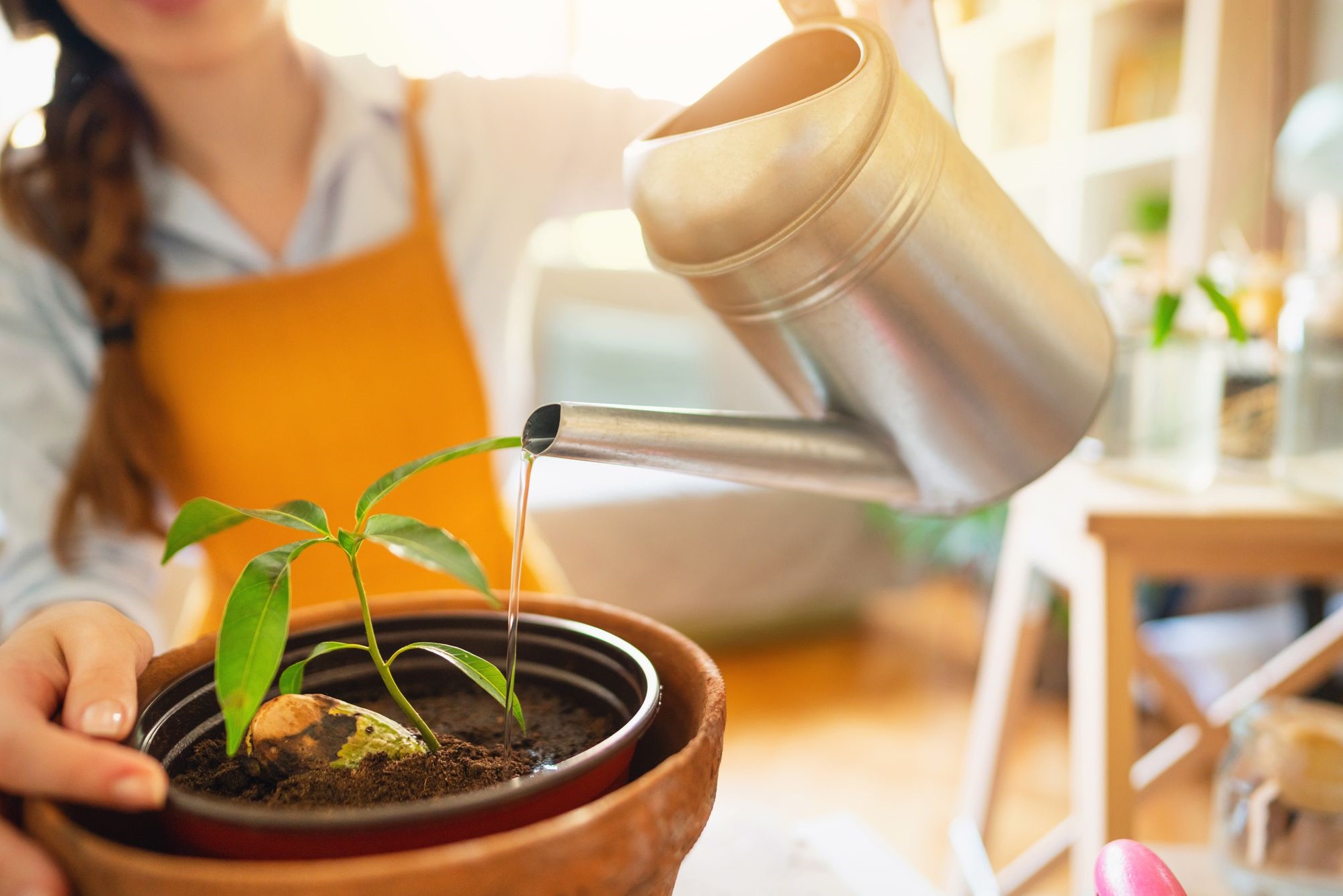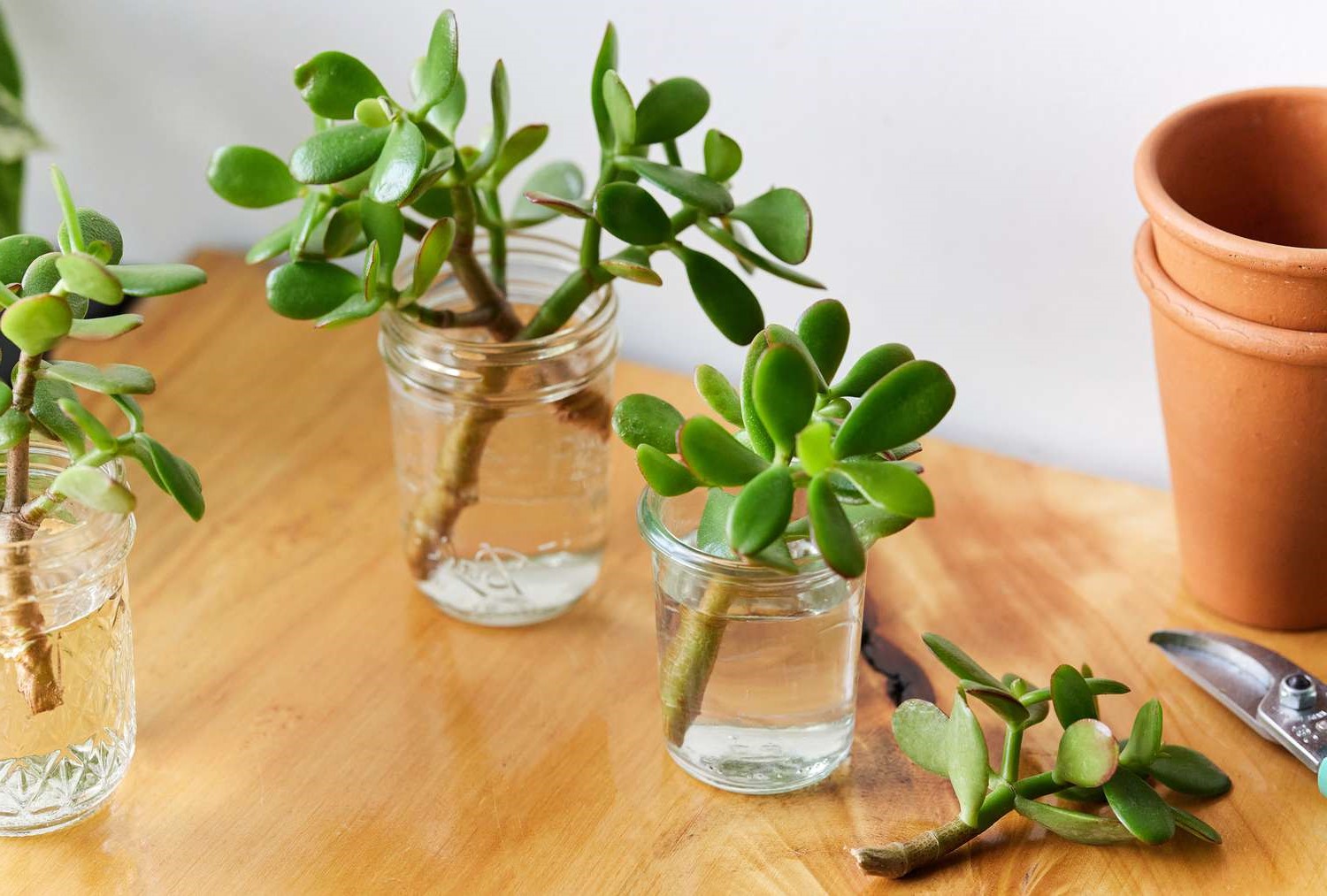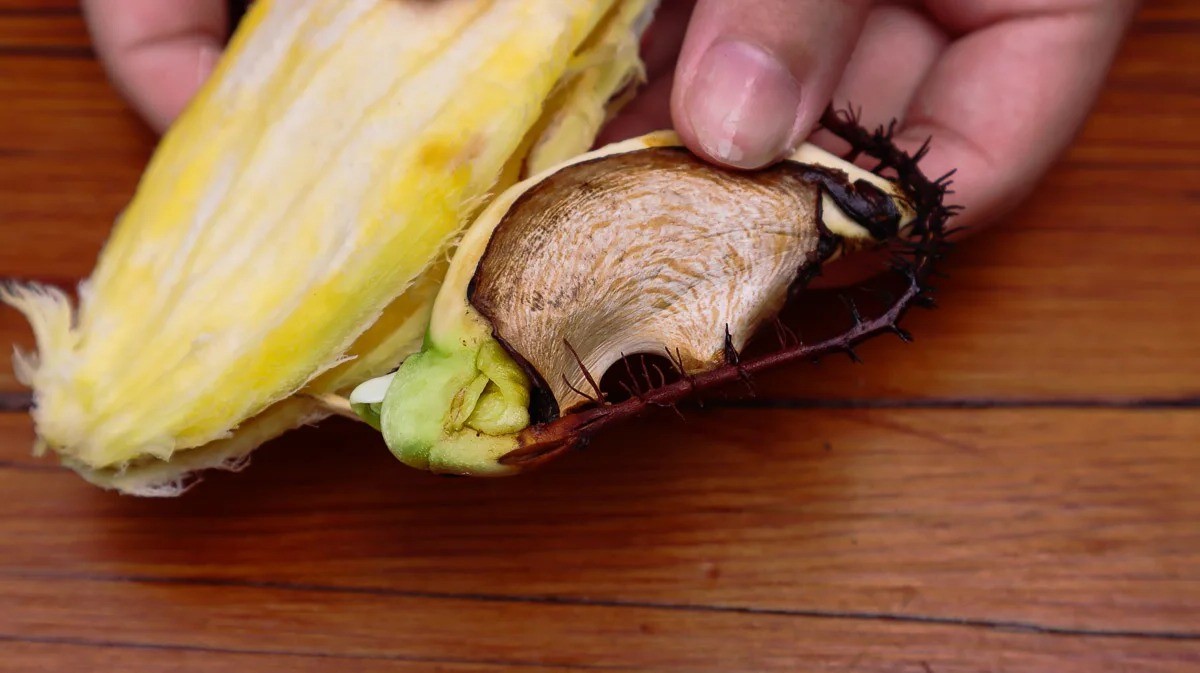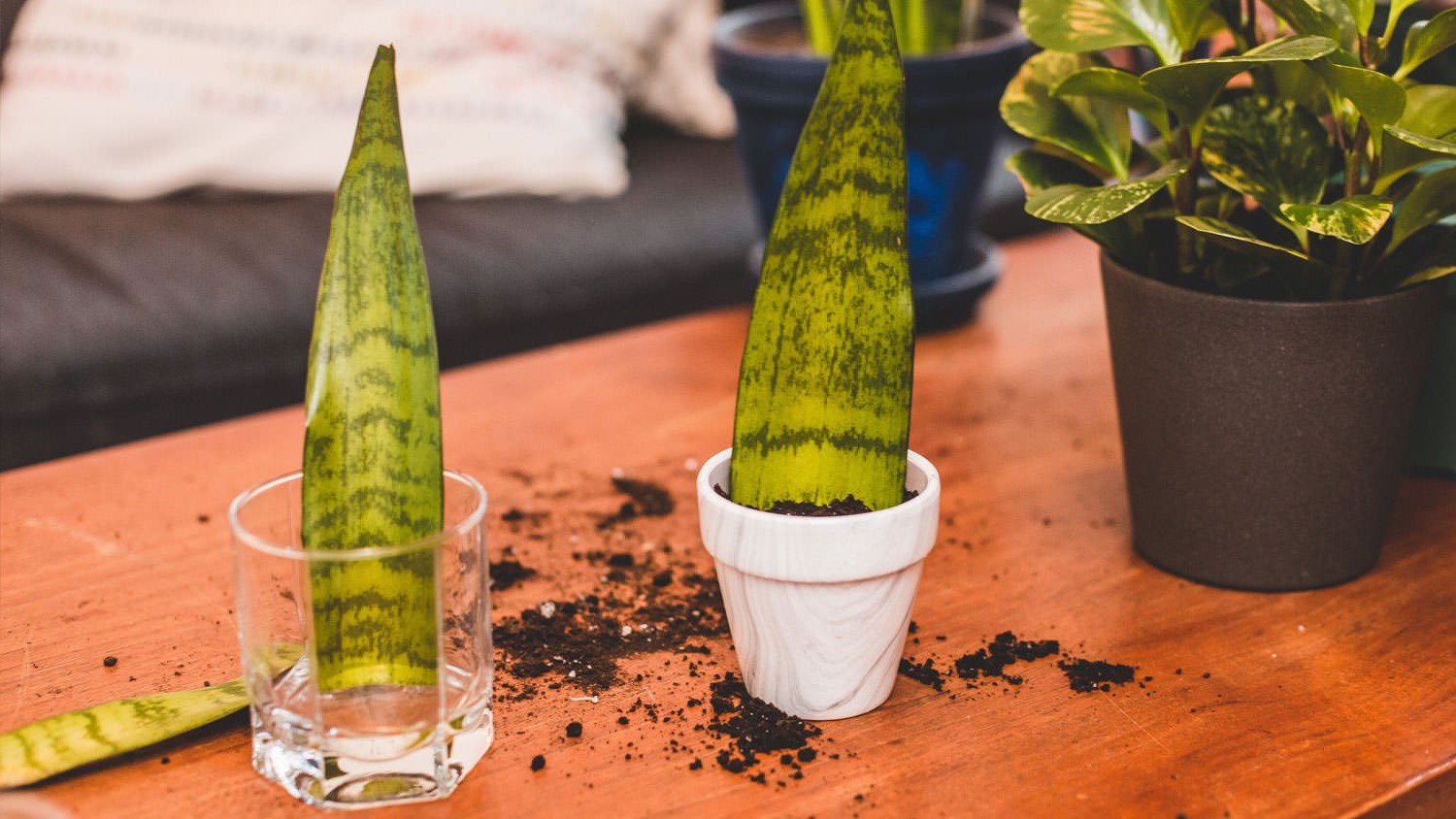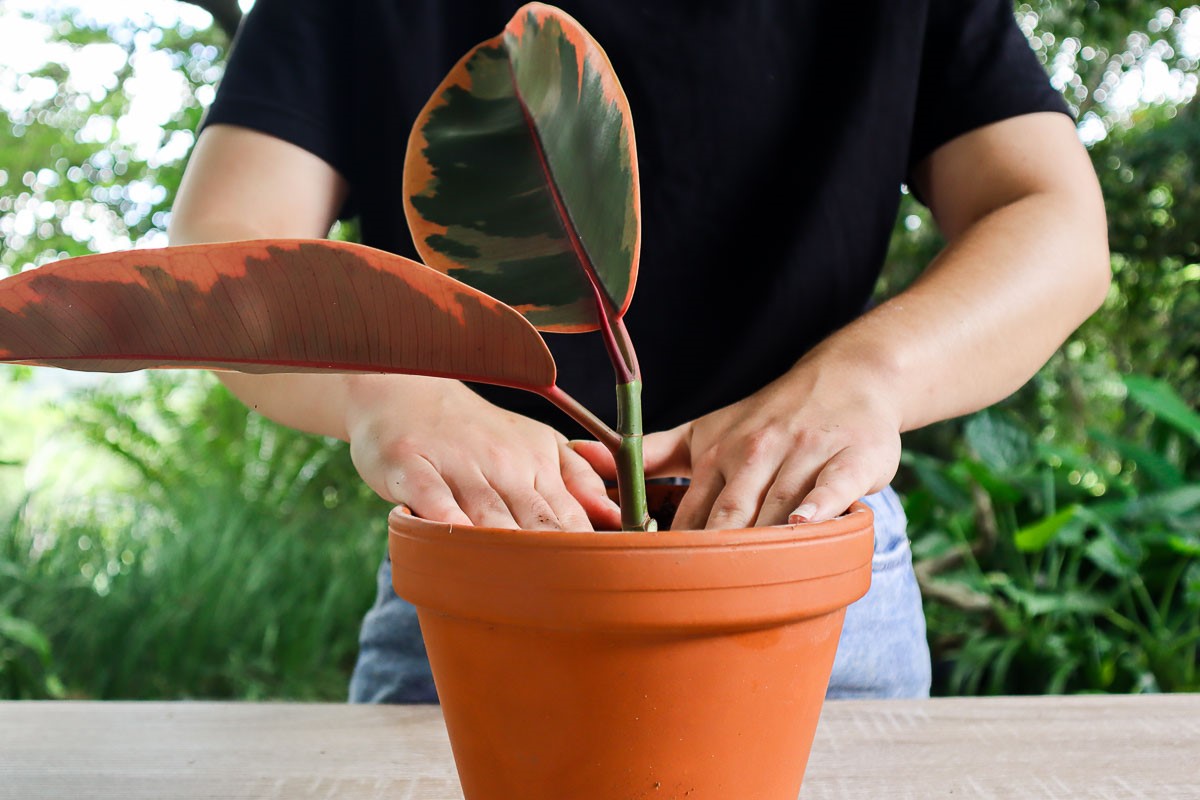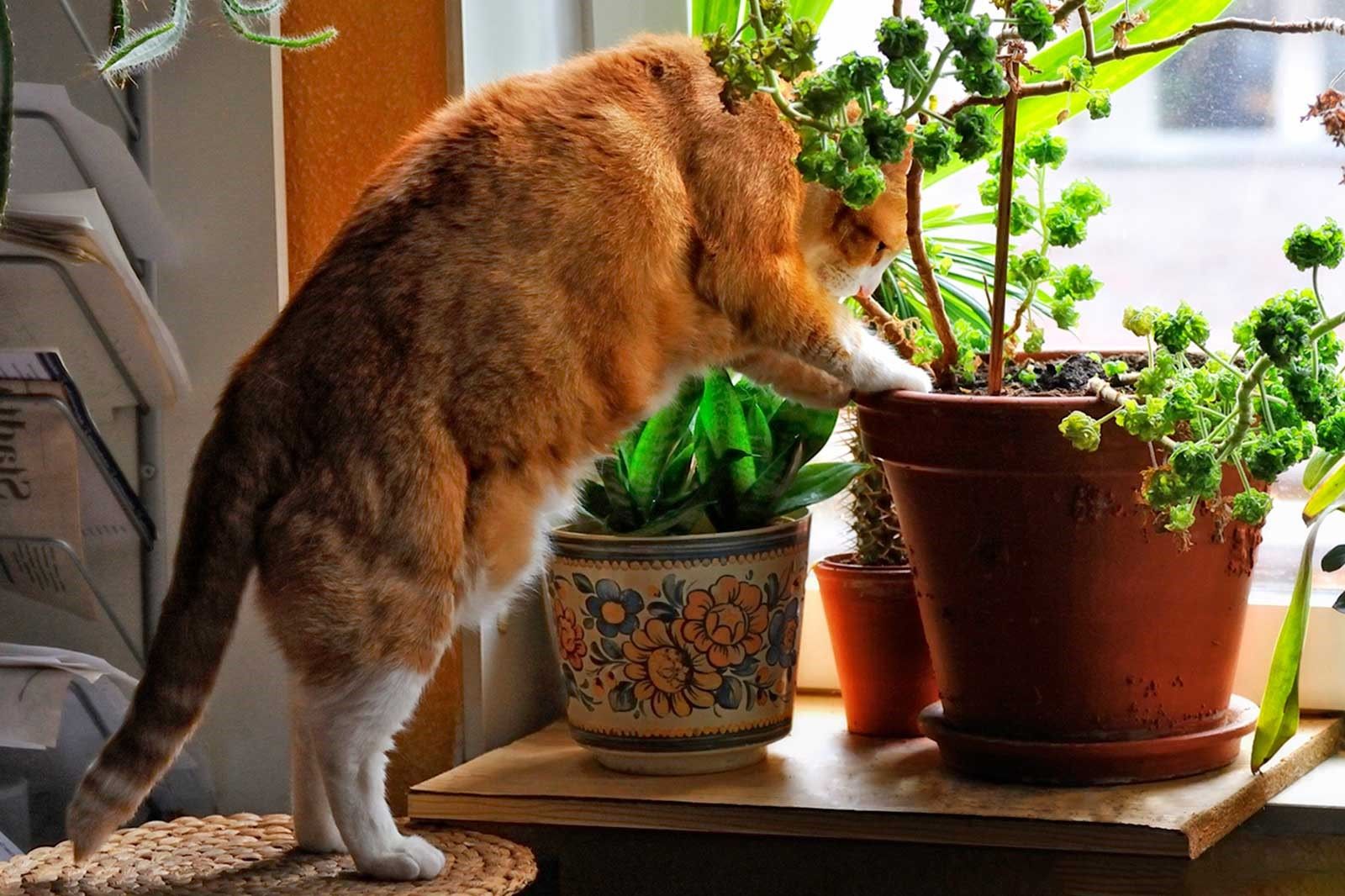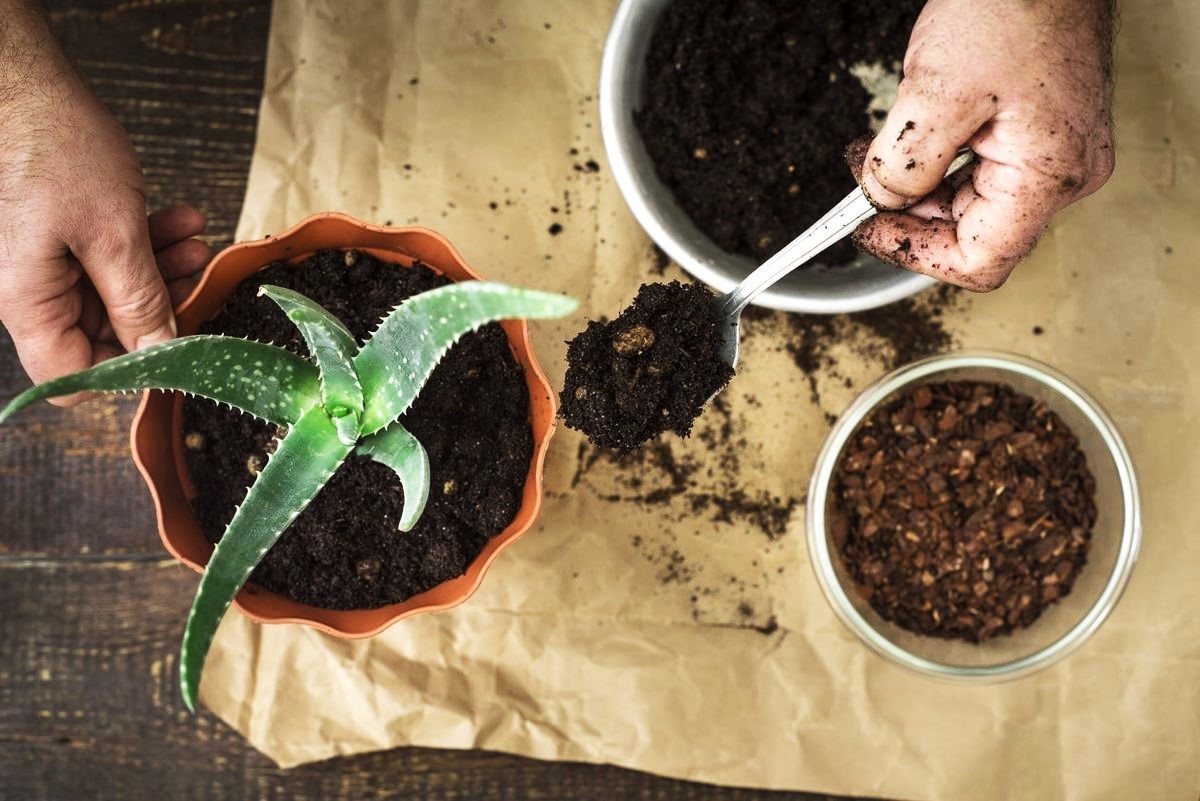Home>Home and Garden>How To Plant Lemon Seeds
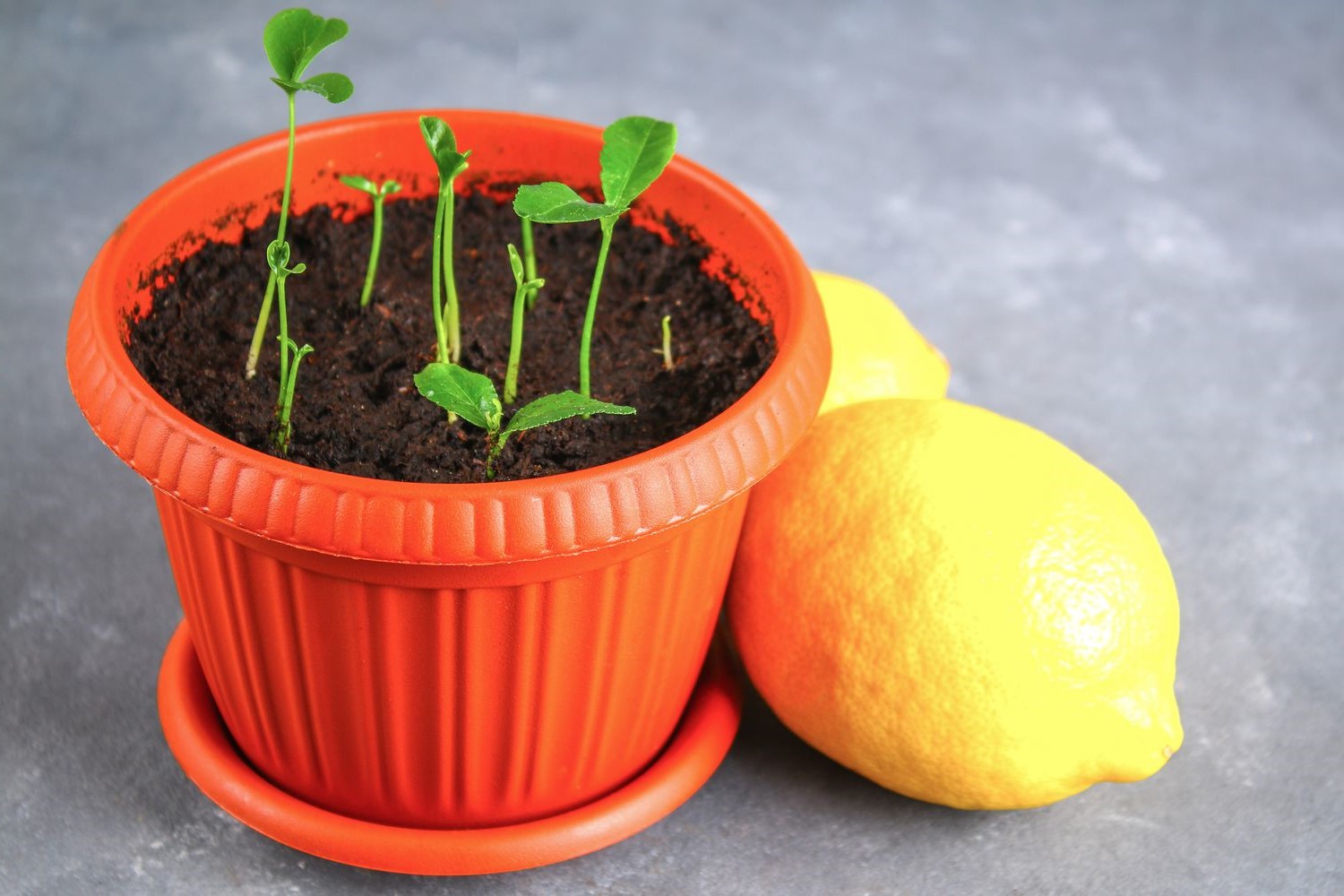

Home and Garden
How To Plant Lemon Seeds
Published: March 5, 2024
Learn how to plant lemon seeds at home and create your own beautiful garden. Get expert tips and advice for successful home gardening. Start growing your own lemon tree today!
(Many of the links in this article redirect to a specific reviewed product. Your purchase of these products through affiliate links helps to generate commission for Noodls.com, at no extra cost. Learn more)
Table of Contents
Introduction
Planting lemon seeds can be a rewarding and enjoyable experience, allowing you to witness the remarkable journey from seed to flourishing tree. Whether you're a gardening enthusiast or a novice with a green thumb, growing lemon trees from seeds is a gratifying endeavor that offers a sense of accomplishment and the prospect of enjoying homegrown lemons in the future.
The process of planting lemon seeds is not only a delightful hobby but also an opportunity to connect with nature and gain a deeper understanding of the intricate mechanisms of plant growth. As you embark on this journey, you'll witness the magic of germination, the emergence of delicate seedlings, and the nurturing of young plants into robust trees.
By following the steps outlined in this guide, you'll learn how to prepare lemon seeds, plant them with care, and provide the optimal conditions for their growth. Additionally, you'll discover the essential techniques for nurturing and transplanting lemon seedlings, ensuring that they thrive and flourish in their new environment.
Whether you're seeking to add a touch of greenery to your living space, create a vibrant garden, or simply explore the wonders of nature, planting lemon seeds is a fulfilling and educational experience. As you delve into the world of gardening, you'll gain valuable insights into the life cycle of plants and the interconnectedness of ecosystems, fostering a deeper appreciation for the natural world.
So, roll up your sleeves, gather your gardening tools, and let's embark on this captivating journey of planting and nurturing lemon seeds. Get ready to witness the marvels of nature unfold before your eyes as you cultivate your very own lemon tree from a humble seed.
Read more: How To Plant Wildflower Seeds
Step 1: Gather Materials
Before embarking on the journey of planting lemon seeds, it's essential to gather the necessary materials to ensure a successful and fulfilling experience. Here's a comprehensive list of items you'll need to kickstart your lemon seed planting endeavor:
-
Fresh Lemons: Select ripe, organic lemons from which to extract the seeds. Opt for lemons that are free from blemishes and have a vibrant, healthy appearance.
-
Potting Soil: Choose a high-quality potting mix that provides excellent drainage and aeration for the seeds. Look for soil that is specifically formulated for citrus plants or create a custom blend by combining equal parts of peat moss, perlite, and coarse sand.
-
Containers: Obtain small, individual containers or seedling trays to plant the lemon seeds. Ensure that the containers have drainage holes at the bottom to prevent waterlogging.
-
Watering Can or Spray Bottle: Acquire a watering can or spray bottle to provide the seeds with the moisture they need for germination and early growth.
-
Plastic Wrap or Clear Plastic Bags: These will be used to create a humid environment for the seeds during the germination process.
-
Labels and Marker: It's crucial to label the containers with the date of planting and the lemon variety to keep track of the seeds' progress.
-
Warm, Sunny Location: Identify a warm, sunny spot in your home or garden where the lemon seeds can receive ample sunlight and warmth to facilitate germination and growth.
-
Optional: Grow Lights: If natural sunlight is limited, consider using grow lights to provide the seeds with the necessary light energy for photosynthesis.
By assembling these materials, you'll be well-prepared to initiate the process of planting lemon seeds and provide the ideal conditions for their germination and development. With these essential items at your disposal, you're ready to move on to the next step of preparing the lemon seeds for planting.
Step 2: Preparing the Lemon Seeds
Preparing the lemon seeds is a crucial step that sets the foundation for successful germination and the subsequent growth of healthy seedlings. To ensure the optimal conditions for germination, it's essential to follow these meticulous steps:
-
Extracting the Seeds: Begin by carefully extracting the seeds from ripe, organic lemons. Gently cut open the lemon and remove the seeds, ensuring that they are fully intact and free from any damage. It's advisable to select seeds from fresh lemons to maximize their viability and germination potential.
-
Cleaning the Seeds: Once the seeds are extracted, rinse them thoroughly under running water to remove any traces of pulp or juice. It's important to ensure that the seeds are clean and free from any residual fruit matter, as this can impede the germination process.
-
Seed Scarification (Optional): Some gardening enthusiasts recommend scarifying the outer seed coat to enhance germination. This process involves carefully nicking or filing a small portion of the seed coat to facilitate water absorption and promote quicker germination. While this step is optional, it can be beneficial for seeds with particularly tough outer coats.
-
Soaking the Seeds: After cleaning, consider soaking the seeds in room-temperature water for 24 hours. This soaking period can help soften the seed coat and kickstart the germination process. Once the seeds have been soaked, they are ready to be planted in the prepared potting mix.
By meticulously preparing the lemon seeds through these essential steps, you'll create an optimal environment for germination and ensure that the seeds are primed for successful growth. With the seeds now prepared, you're ready to proceed to the next step of planting them in the carefully selected potting mix.
This meticulous preparation sets the stage for successful germination and the subsequent growth of healthy seedlings. By following these steps, you'll create an optimal environment for the seeds to thrive and embark on their journey to becoming robust lemon trees.
Step 3: Planting the Lemon Seeds
Planting the lemon seeds marks a pivotal stage in the journey of nurturing these tiny marvels into thriving lemon trees. This step requires precision and care to ensure that the seeds are nestled in an environment conducive to germination and early growth. Here's a detailed guide on how to plant the lemon seeds with meticulous attention to the essential factors that contribute to their successful development.
Selecting the Containers
Before planting the lemon seeds, carefully select the containers or seedling trays that will serve as their initial homes. Ensure that the containers have drainage holes at the bottom to prevent waterlogging, which can impede seed germination. The size of the containers should allow ample space for the seeds to be planted at a suitable depth and provide room for the emerging seedlings to grow.
Preparing the Potting Mix
Prepare the potting mix by selecting a high-quality soil blend that offers excellent drainage and aeration for the seeds. Consider using a specialized potting mix formulated for citrus plants or create a custom blend by combining equal parts of peat moss, perlite, and coarse sand. This well-draining mix provides the ideal foundation for the seeds to establish their root systems and thrive in the early stages of growth.
Planting the Seeds
With the containers and potting mix ready, it's time to plant the prepared lemon seeds. Create small indentations in the potting mix, approximately half an inch deep, using your finger or a small tool. Carefully place the seeds in the indentations, ensuring they are spaced apart to allow ample room for each seed to grow unhindered. Gently cover the seeds with a thin layer of potting mix, ensuring they are snugly nestled in their new environment.
Providing Adequate Moisture
After planting the seeds, it's crucial to provide them with the right amount of moisture to support germination. Use a watering can or spray bottle to moisten the potting mix thoroughly, ensuring that it is evenly moist but not waterlogged. Avoid overwatering, as excessive moisture can lead to rotting of the seeds. Once the seeds are watered, cover the containers with plastic wrap or clear plastic bags to create a humid environment that promotes germination.
Placing the Containers in a Warm, Sunny Location
Position the containers in a warm, sunny location where the seeds can receive ample sunlight and warmth to facilitate germination. Ideally, choose a spot that receives indirect sunlight or dappled shade to prevent the seeds from overheating. If natural sunlight is limited, consider using grow lights to supplement the light energy required for the seeds' early growth.
By meticulously following these steps, you'll create an optimal environment for the lemon seeds to germinate and embark on their journey to becoming robust seedlings. With the seeds now planted and nestled in their nurturing environment, the next step involves providing attentive care to support their growth and development.
Step 4: Caring for Lemon Seedlings
Caring for lemon seedlings is a crucial phase that demands attentive nurturing to ensure their healthy development into robust young trees. As the seeds germinate and the delicate seedlings emerge, it's essential to provide them with the optimal conditions for growth. Here's a comprehensive guide on how to care for lemon seedlings, encompassing essential aspects such as watering, light exposure, temperature regulation, and ongoing maintenance.
Watering
Maintaining the right moisture levels is paramount for the well-being of lemon seedlings. It's important to strike a balance, ensuring that the potting mix remains consistently moist but not waterlogged. Overwatering can lead to root rot and other detrimental conditions, while underwatering can hinder the seedlings' growth. Regularly check the moisture levels by gently probing the soil with your finger. If the top layer feels dry, it's time to water the seedlings. Use a watering can or spray bottle to moisten the soil, allowing excess water to drain out through the bottom of the containers. Aim to keep the soil evenly moist, providing the seedlings with the hydration they need to thrive.
Light Exposure
Proper exposure to light is vital for the healthy development of lemon seedlings. Position the containers in a location where the seedlings can receive ample sunlight, ideally in a spot that offers indirect sunlight or dappled shade. If natural sunlight is limited, consider using grow lights to supplement the light energy required for photosynthesis. Rotate the containers periodically to ensure that all sides of the seedlings receive equal light exposure, promoting uniform growth and sturdy stems.
Temperature Regulation
Maintaining an optimal temperature is essential for the well-being of lemon seedlings. Aim to keep the growing environment consistently warm, as lemon seedlings thrive in temperatures ranging from 70 to 85 degrees Fahrenheit (21 to 29 degrees Celsius). Avoid exposing the seedlings to sudden temperature fluctuations or drafts, as these can stress the delicate plants. If necessary, use a heating mat to maintain a stable and favorable temperature for the seedlings, fostering healthy growth and vitality.
Ongoing Maintenance
As the lemon seedlings continue to grow, it's important to monitor their progress and address any signs of stress or nutrient deficiencies. Keep an eye out for yellowing or discolored leaves, which may indicate nutrient imbalances or inadequate light exposure. Consider fertilizing the seedlings with a balanced, water-soluble fertilizer formulated for citrus plants to provide essential nutrients for their development. Additionally, gently prune any leggy or overcrowded growth to encourage robust and bushy foliage, promoting the overall health and vigor of the seedlings.
By diligently caring for the lemon seedlings and providing them with the nurturing they require, you'll set the stage for their successful transition into young lemon trees. With attentive watering, proper light exposure, temperature regulation, and ongoing maintenance, you'll witness the seedlings flourish and thrive, paving the way for a bountiful harvest of homegrown lemons in the future.
Step 5: Transplanting Lemon Seedlings
Transplanting lemon seedlings marks a significant milestone in their journey from delicate sprouts to robust young trees. As the seedlings outgrow their initial containers and develop sturdy root systems, it becomes essential to provide them with a more spacious and permanent home where they can continue to flourish and thrive. The process of transplanting lemon seedlings requires careful attention to ensure minimal disruption to their delicate roots and seamless acclimatization to their new environment.
Assessing Seedling Readiness
Before initiating the transplanting process, it's crucial to assess the readiness of the lemon seedlings for relocation. Look for key indicators such as healthy, well-developed foliage, and a robust root system that fills the current container. Additionally, the seedlings should exhibit vigorous growth and demonstrate resilience to environmental stressors. These signs signal that the seedlings are prepared for the transition to a larger container or an outdoor planting site.
Selecting the New Containers
Choose spacious, well-draining containers that provide ample room for the seedlings' continued growth. Opt for pots or containers that are at least 12 inches in diameter and possess adequate drainage holes to prevent waterlogging. Additionally, ensure that the new containers are clean and sanitized to create a favorable environment for the seedlings' root systems.
Read more: How To Grow Watermelon From Seed
Preparing the Transplanting Site
If transplanting the seedlings to an outdoor location, select a sunny, well-drained area with nutrient-rich soil. Prepare the planting site by loosening the soil and incorporating organic matter such as compost to enhance its fertility and structure. This preparatory step creates an optimal foundation for the seedlings' successful establishment in their new environment.
Transplanting Process
Gently remove the seedlings from their current containers, taking care to minimize disturbance to the root systems. Loosen the root ball if it appears compacted, allowing the roots to spread out and establish themselves in the new container or planting site. Create a hole in the center of the new container or outdoor planting site, ensuring that it is deep and wide enough to accommodate the seedling's root system without crowding or bending the roots.
Carefully place the seedling in the prepared hole, ensuring that the soil level matches the previous planting depth. Fill the surrounding space with the potting mix or soil, gently firming it around the base of the seedling to provide stability. Water the transplanted seedlings thoroughly, allowing the moisture to penetrate the soil and settle around the roots.
Post-Transplant Care
After transplanting, monitor the seedlings closely and provide them with attentive care to support their acclimatization. Shield the newly transplanted seedlings from direct sunlight for a few days to reduce stress and facilitate root establishment. Maintain consistent moisture levels, ensuring that the soil remains evenly moist but not waterlogged. Gradually reintroduce the seedlings to full sunlight, allowing them to adapt to their new growing conditions gradually.
By meticulously following the transplanting process and providing the seedlings with the care and attention they need, you'll set the stage for their continued growth and development into flourishing lemon trees. The successful transplanting of the seedlings ensures that they have the space and resources to thrive, bringing you one step closer to enjoying the fruits of your labor – homegrown, luscious lemons.
Conclusion
As we conclude this comprehensive guide on planting lemon seeds and nurturing them into thriving trees, it's evident that this journey is not just about cultivating plants; it's a captivating exploration of nature's resilience and the intricate beauty of the plant kingdom. From the initial selection of ripe lemons to the meticulous preparation of the seeds and the nurturing of delicate seedlings, every step in this process offers a profound connection to the wonders of the natural world.
By embarking on the endeavor of planting lemon seeds, you've delved into the realm of horticulture, gaining insights into the art and science of nurturing life. The process of preparing the lemon seeds, planting them with care, and providing the optimal conditions for their growth is a testament to the patience and dedication required to cultivate thriving plants.
As you witness the tiny seeds germinate, develop into resilient seedlings, and eventually flourish into robust lemon trees, you're not just fostering the growth of plants; you're nurturing a deeper appreciation for the interconnectedness of life. The act of tending to these seedlings is a reminder of our role as stewards of the environment, entrusted with the responsibility of nurturing and preserving the natural world.
Moreover, the journey of planting lemon seeds transcends the boundaries of gardening; it's a testament to the enduring cycle of life and the promise of new beginnings. As the seedlings take root and grow, they symbolize the potential for growth and transformation inherent in all living beings, inspiring us to embrace change and nurture the seeds of possibility in our own lives.
In conclusion, the process of planting lemon seeds is not merely a horticultural pursuit; it's a profound journey of discovery, resilience, and renewal. As you witness the transformation of humble seeds into flourishing trees, may this experience instill in you a deeper reverence for the natural world and a profound sense of connection to the cycles of growth and renewal that define our existence.
So, as you embark on your own journey of planting and nurturing lemon seeds, may you find joy in the simple yet profound act of fostering life and may the flourishing lemon trees serve as a testament to the enduring beauty of nature and the boundless potential that resides within every seed, waiting to be nurtured and cherished.

